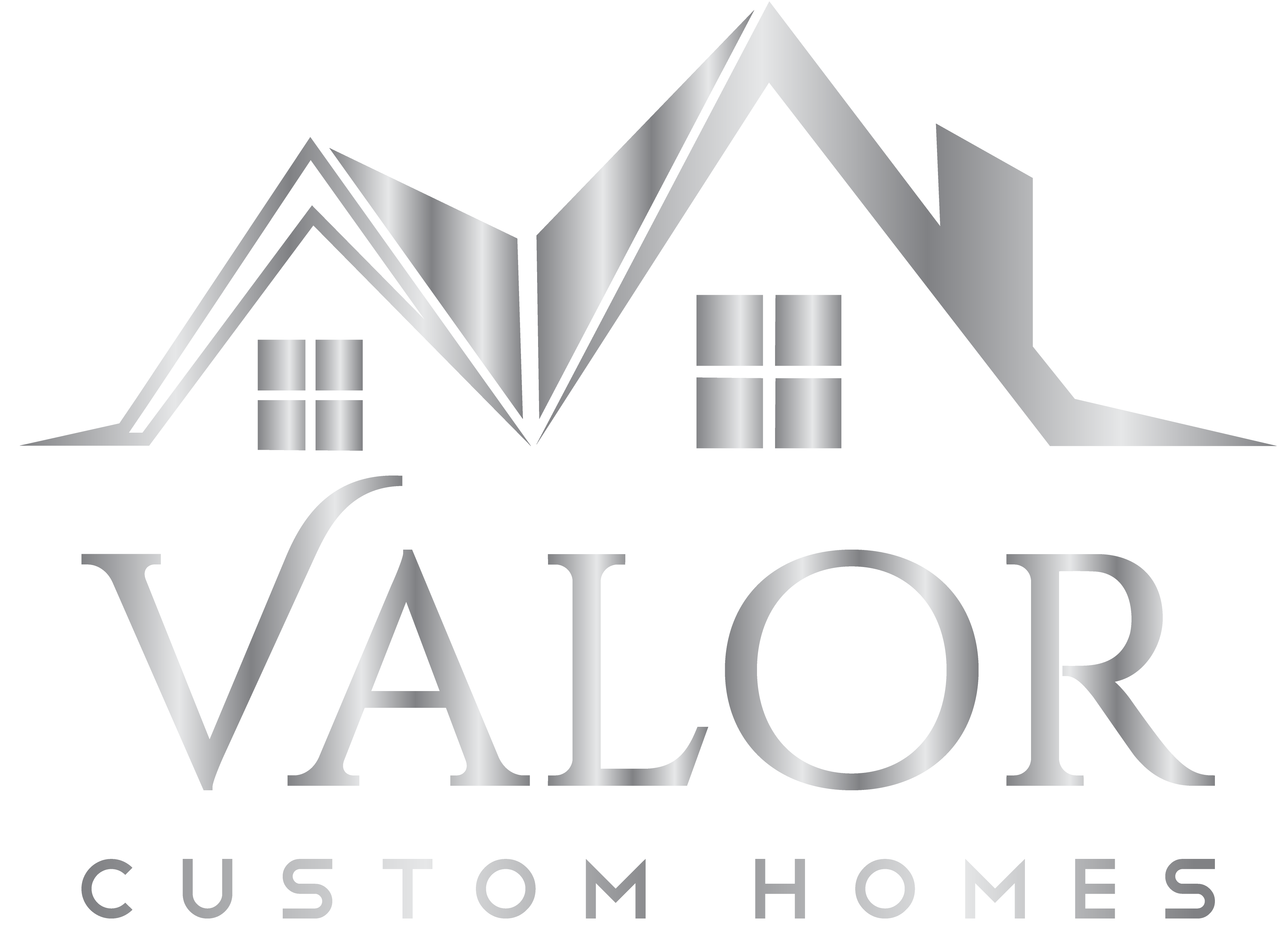When it comes to designing the HVAC (heating, ventilation, and air conditioning) system for your home, it’s important to understand that proper design is key to ensuring that your system runs efficiently and effectively. One of the most important aspects of proper HVAC design is using a manual J calculation (and ensuring the correct inputs are added for the heat load to be accurate). This calculation is a method for determining the heating and cooling load of a home. It takes into account factors such as the size of the home, the number of windows and doors, and the insulation levels. This calculation is crucial in determining the right size of equipment and ducts required for your home.
All to commonly, we see oversized air conditioners in most homes. Keep this in mind if you are planning to upgrade to spray foam insulation, you typically will need to downsize your AC system as well as your air ducts to keep from having problems. If you oversize your air conditioner, you may experience a number of problems, including:
1. Short cycling: The air conditioner will turn on and off frequently, which can lead to wear and tear on the system and reduced efficiency.
2. Inadequate dehumidification: An oversized air conditioner may not run long enough to effectively remove moisture from the air, leading to higher humidity levels inside your home.
3. Increased energy costs: An oversized air conditioner will use more energy than necessary to cool your home, leading to higher utility bills.
4. Reduced air flow: An oversized air conditioner may not be able to circulate enough air throughout your home, leading to uneven cooling and drafts.
5. Reduced equipment lifespan: An oversized air conditioner will experience more wear and tear and may need to be replaced sooner than a properly sized unit.
It’s important to remember that the right size for an air conditioner is determined by the cooling load of your home, which can vary depending on factors such as the size of the home, the number of windows and doors, and the insulation levels. It is important to have a professional to calculate the cooling load and size the unit accordingly.
Another important aspect of HVAC design is incorporating dehumidification into the system. High humidity levels inside a home can cause a number of problems, including mold and mildew growth, as well as discomfort for the occupants. A properly designed HVAC system will include a dehumidifier to help keep humidity levels in check.
When it comes to duct sizing, it’s important to make sure that the ducts are the correct size for your HVAC system. We want the pressure balanced in all the rooms. Ducts that are too small can restrict airflow and cause the system to work harder than it needs to. Ducts that are too large can also be a problem because they can lead to drafts and uneven heating and cooling. The correct duct size is crucial for optimal HVAC system performance.
When it comes to compressors, it’s important to understand the pros and cons of different types. Single speed compressors are the most basic type of compressor and are typically the least expensive. They only run at one speed, which can be a problem if you live in an area with extreme temperatures. Two-speed compressors offer more flexibility and can adjust to changing temperatures more easily. Variable speed compressors are the most advanced type of compressor and can adjust the speed based on the temperature and humidity levels in your home. This can lead to significant energy savings and a higher degree of comfort.
In conclusion, when it comes to designing an HVAC system for your home, proper design is key to ensure that your system runs efficiently and effectively. Make sure to take into account factors such as manual J calculation, dehumidification and duct sizing. Understand the pros and cons of different types of compressors, and choose one that best fits your needs. With the right design, your HVAC system will provide you with optimal performance, comfort and energy savings for years to come.
